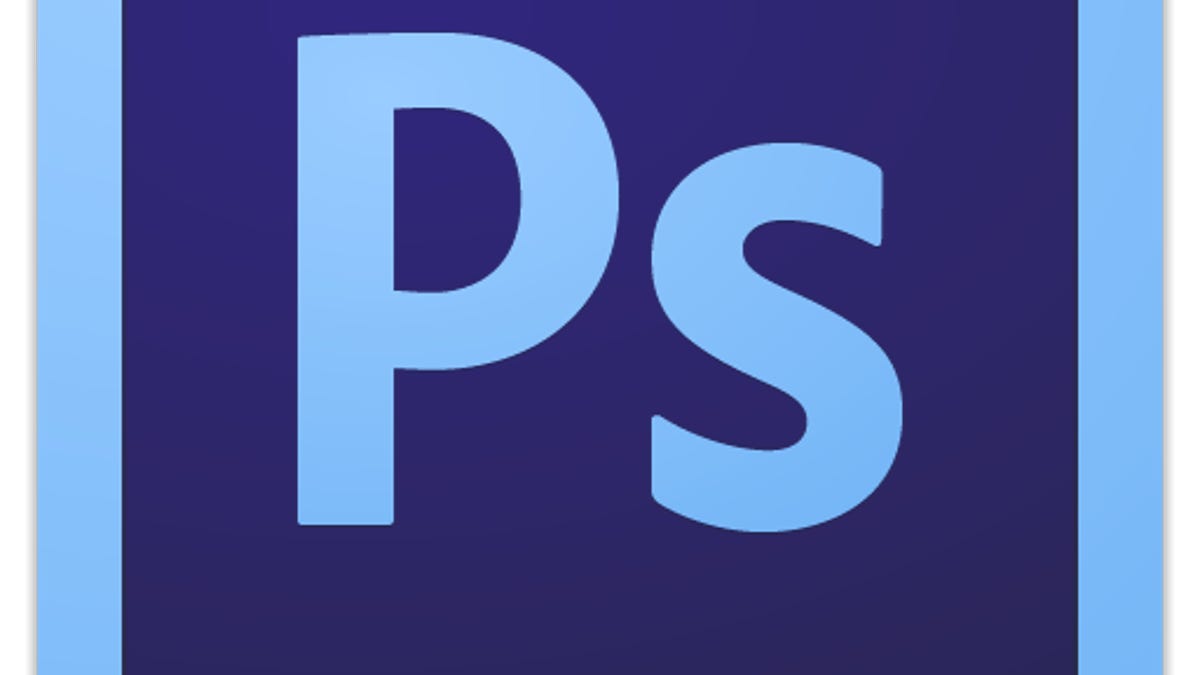Adobe drops 32-bit Mac support with Photoshop CS6
Older Intel-based Mac systems are out, even though 32-bit Windows systems will run the software.
Last Wednesday Adobe announced the availability of the public beta for the Photoshop component of its upcoming Creative Suite 6 image manipulation and design software, which users can try before the suite is officially released later this year.
While past versions of Adobe's products have offered a decent spectrum of support for existing operating system and computing environments, new features and development directions in the program suite have had Adobe making some adjustments to the platforms that will support the new software.
Adobe Photoshop CS6 puts a major effort toward performance enhancements, primarily with the implementation of the new Adobe Mercury Graphics Engine, but in addition offering optimized and new 3D handling, quantitative analysis, and video manipulation options to the program suite.
To make the most of these features, Adobe built them using 64-bit code optimized for multicore systems, which therefore means the suite will run best on a fully 64-bit native Intel and AMD systems (all of which are multicore); however, Adobe is making Photoshop CS6 availabe in 32-bit versions for Windows XP machines, though some features will be limited on these systems. While these options are available for Windows systems, on Mac OS X Adobe is dropping 32-bit support altogether, and is opting to only make 64-bit code available to Mac users.
This means that even though the Windows version will run on older Core Duo processors that were available in the first Intel-based Mac systems, the OS X version will not. In addition, any 32-bit plug-ins and other compatibility options for the program will no longer work, and will require updating to run properly with the software.
The drop in support for 32-bit systems accompanies a requirement for systems to be running OS X 10.6.8 or later. However, even though Adobe is supporting older 32-bit code on Windows XP, Adobe is splitting the Windows system requirements by dropping official support for Windows Vista.
Adobe's reasoning for these changes is that quite simply it is following Apple's lead in no longer supporting 32-bit code either in hardware or software. Additionally, the only reason it is still supporting Windows XP is that a large Photoshop user base still exists on the platform.
With this latest release Adobe appears to be promoting the adoption and support of the latest OS X 10.7 and Windows 7 operating systems. However, if you have an older Mac system and would like to use Adobe Photoshop CS6 on it, then even though it is a cumbersome approach, you should be able to do so by installing Windows XP on it using Boot Camp. Alternatively you might be able to run the software in a virtual machine environment, though this would not be an optimal setup, especially for production work.
Oddly, despite this justification, Adobe's system requirements still claim it requires a DVD-ROM drive; however, Apple has been slowly migrating away from such devices with some of its latest software and hardware developments. Currently Apple's OS is distributed via the Web or USB flash media, and neither comes on DVD media nor requires burning to optical media in order to install. In addition, its MacBook Air and Mac Mini server models do not come with built-in optical drives, and rumors surrounding the upcoming MacBook models suggest Apple may do away with internal optical drives on those systems as well.
While Adobe offers its CS5 suite as a downloadable option from the Adobe online store, only time will tell if Adobe's efforts to support only the latest hardware developments mean it will follow Apple's lead with OS X and provide the suite through the Mac App Store or even on a USB drive.
Currently, the official system requirements for the public beta are the following, and it is very likely that these will be mirrored in the final release:
Mac OS
- Multicore Intel processor (64-bit processors only)
- Mac OS X v10.6.8 or v10.7 (64-bit application only)
- 1GB of RAM
- 2GB of available hard-disk space for the files; additional free space required during installation (cannot install on a volume that uses a case-sensitive file system or on removable flash storage devices)
- 1,024x768-pixel display (1,280x800 recommended) with qualified hardware-accelerated OpenGL graphics card, 16-bit color, and minimum 512MB of VRAM (Recommended -- 1 GB)
- DVD-ROM drive
Windows
- Intel Pentium 4 or AMD Athlon 64 processor; 2GHz or faster processor
- Microsoft Windows XP with Service Pack 3; or Windows 7
- 1GB of RAM
- 1GB of available hard-disk space for installation; additional free space required during installation (cannot install on removable flash storage devices)
- 1,024x768-pixel display (1,280x800 recommended) with qualified hardware-accelerated OpenGL graphics card, 16-bit color, and minimum 512MB of VRAM (Recommended -- 1 GB)
- DVD-ROM drive
Questions? Comments? Have a fix? Post them below or e-mail us!
Be sure to check us out on Twitter and the CNET Mac forums.


